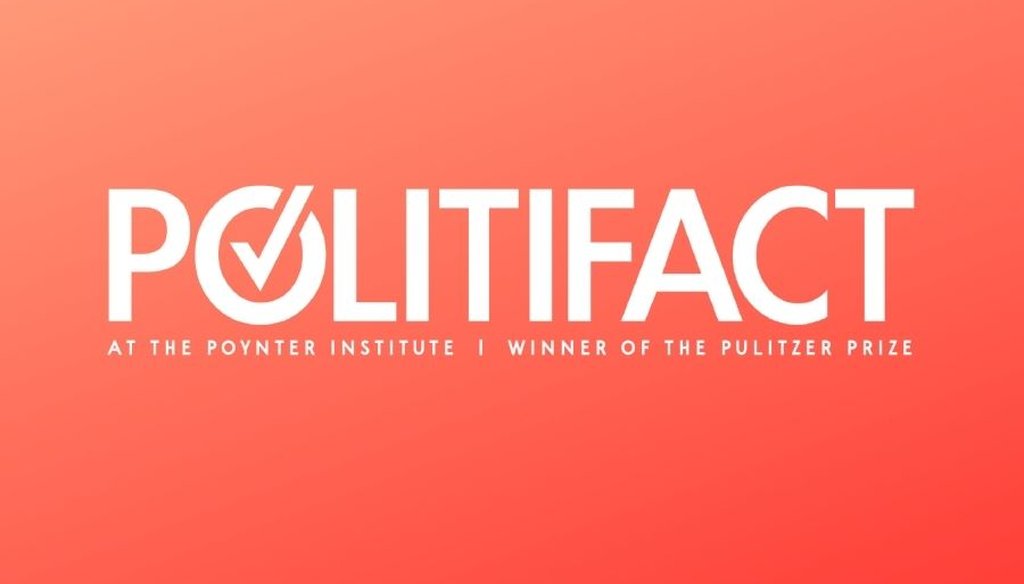Stand up for the facts!
Our only agenda is to publish the truth so you can be an informed participant in democracy.
We need your help.
I would like to contribute

Rep. Bart Stupak of Michigan sponsored an amendment that restricts abortion.
The U.S. House of Representatives passed a long-awaited health care bill on Saturday, but not before there was a final skirmish over abortion.
Abortion opponents were successful in adding new restrictions to the health care bill that went beyond a previous compromise offer by Rep. Lois Capps of California, which
we've written about previously
.
Rep. Bart Stupak, a Democrat from Michigan who opposes abortion, proposed an amendment that won the support of enough Democrats and Republicans to become part of the final bill.
An important caveat: The Stupak amendment applies to insurers who sell plans through a proposed health insurance exchange. It would not apply to insurance that people get through their employers.
Here's what the Stupak amendment stipulated:
• The public option -- the government-run program on the exchange -- may not offer abortion except in the case of rape, incest or when the life of the mother is endangered.
• Private insurers that accept customers who pay with affordability credits may not offer abortion coverage except in cases of rape, incest or life of the mother. The affordability credits are subsidies the federal government intends to give to low-income people to help them pay for health insurance. Individuals may purchase abortion coverage, either as part of a policy or as a separate rider, as long as they do not pay with affordability credits or state Medicaid matching funds.
• Insurers may offer coverage that includes abortion or separate supplemental plans covering abortion. But customers must pay premiums entirely with nongovernment funds, and the insurer's administrative costs must be covered entirely by nongovernment funds. Insurers can't mingle funds from people who use affordability credits to buy coverage with those who do not.
• Insurers that offer a coverage plan that includes abortion must also offer a plan that does
not
include abortion.
As you might imagine, all this gets a little complicated when elected officials talk about what the new version of health care reform may or may not allow. Some critics say that the amendment throws up enough obstacles against offering abortion coverage on the health exchange -- particularly the requirement to offer two separate plans, one of them without abortion provisions -- that insurers will simply take the path of least resistance and offer a single plan that leaves out abortion coverage.
Rep. Nita Lowey, a Democrat from New York who favors abortion rights, criticized the new language, saying it "puts new restrictions on women's access to abortion coverage in the private health insurance market even when they would pay premiums with their own money."
We found that there's plenty of room for debate about how the Stupak-Pitts amendment will eventually shape the availability of abortion coverage. But Lowey was wrong to suggest the amendment applies to everyone in the private insurance market when it just applies to those in the health care exchange. And saying that the restrictions would affect women "even when they would pay premiums with their own money" is
not correct
. We rated her statement False.
Read our extended analysis of Lowey's statement.
Keep in mind the latest restrictions are not the last word on health care reform and abortion. We're still awaiting the health bill that will be debated on the Senate floor. If the Senate passes its own plan, that will have to be merged with the House bill before a final vote in both chambers. As it stands now, the House bill has more restrictions on abortion than
the bill approved by the Senate Finance Committee
. We'll have to wait and see what kind of rules make it through the legislative process.
Our Sources
See individual promise for sources.


















































